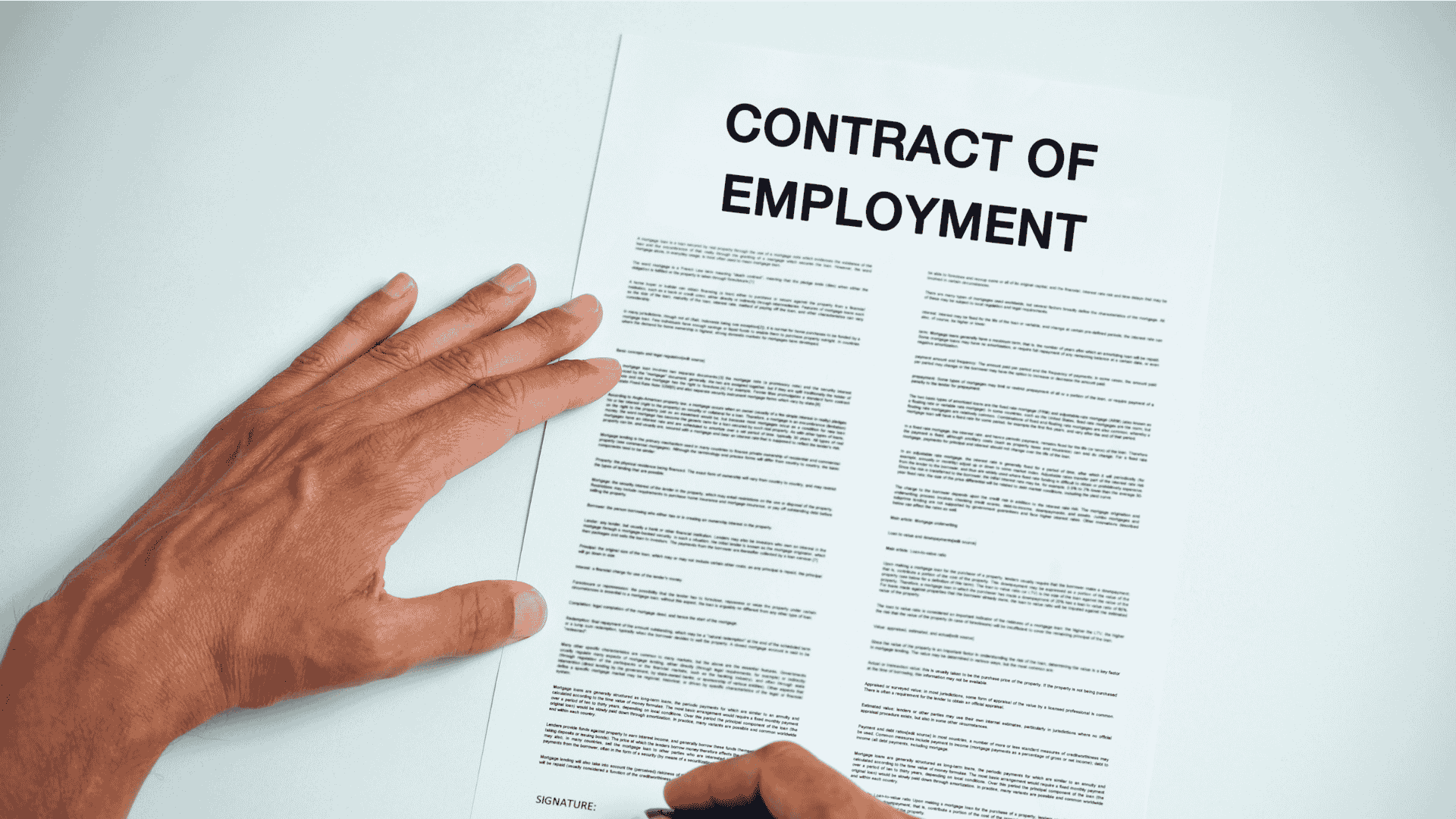H1B to F1
What can you do next when you are facing layoff? Why you need to change from H1B to F1 Day 1 CPT? What are the best solutions and suggestions for you?

Pursuing studies and subsequently working in the United States has long been a dream for many students. In the past few years, securing an H1B visa was often regarded as a golden ticket to the future, a reliable pathway towards applying for a green card. However, the situation has shifted due to the surge in AI technology and the economic downturn following the pandemic. H1B visa holders are increasingly confronted with layoffs and uncertainties.
According to the data from layoffs.fyi, from 2023 to February 2024, the job market saw over 300,000 layoffs across 1,360 companies. In a significant detail, the Economic Policy Institute highlighted that between 2022 and 2023, 13 top H1B employers in the U.S. declared approximately 85,000 layoffs, a number that closely matches the annual cap for H1B applications. Despite these challenges, the overall U.S. job market remains robust. However, the tech sector has experienced substantial downsizing, with more than 42,000 positions eliminated at the start of 2024. As a result, changing from an H1B visa to an F1 visa Day 1 CPT has emerged as a popular option among international professionals.
Read More >>> Overcoming H1B Layoffs: A Guide for International Professionals in Uncertain Times
What is an H1B visa?
The H-1B visa is a formal work visa requiring applicants to have at least a bachelor's degree. The application process involves a lottery, with the U.S. government announcing the number of approved visas each year, including a specific quota reserved for individuals with master's degrees or higher. It is advised to first apply for Optional Practical Training (OPT) after graduation before applying for the H-1B visa.
This strategy not only allows you to assess your suitability for working in the U.S. but also increases the chance of your employer sponsoring your H-1B visa, should your performance be outstanding, saving you both the hassle of complex procedures and the application fee.
Another category, known as H-1B cap exempt, is available for special institutions like universities, government agencies, research departments, and hospitals, without any quota restrictions or specific application timelines. However, if you later switch to a private company, you would need to undergo the application process again. If you fail to secure an H-1B visa by either method, you must leave the U.S. upon visa expiration due to lack of legal residency status, unless you can apply again the following year.
Why consider H1B to F1?
This option is suitable for individuals holding H visa status who wish to return to university, those who have been laid off and are temporarily unable to find employment, or those whose H visa extension has been unsuccessful, including dependents. Applicants must secure full-time admission and demonstrate sufficient financial resources to support their studies and living expenses in the U.S.
You don't have a 60-day unemployment period: The last payroll date is regarded as the last day of your employment. It seems like you have 60-day unemployment days, but actually, you have only 30 days to secure a new job. Why? After being laid off, you probably need 1-2 weeks to revise your resume and apply for jobs. Once you get the interview invitations, each interview takes 2-4 weeks to proceed. Further, when you receive your official offer, you will need 2-4 weeks to prepare and transfer your H1B. Due to the huge cuts from tech companies, a lot of people are being laid off, therefore, the quality bars are higher than what used to be. Not so many talents can get a job within 4 weeks.
Empowering Careers: Holders of the F1 visa have the flexibility to choose their field of study, not being restricted solely to the area of their current H1B visa's occupation. This means they can better pursue their interests and developmental directions. Additionally, F1 visa holders have access to a wealth of academic resources and opportunities during their studies, such as internships, research projects, and academic exchanges. This aids in establishing a broader network and professional contacts within the U.S.
Extended Legal Residency: Transitioning from H1B to F1 can also grant applicants a longer period of legal residency. The F1 visa typically allows holders to maintain their lawful status in the U.S. until they complete their studies.
Last day of employment - How to postpone legally?
For H1B visa holders, maintaining their status is contingent upon continued employment and regular payroll. Typically, the cessation of payroll signals the end of employment, initiating the grace period. Given the variability of individual circumstances, seeking advice from an immigration attorney or our consulting team for a complimentary evaluation is advisable. If you are facing a layoff, you can discuss with HR to delay the termination date. According to legal requirements, H1B holders have a 60-day grace period after being laid off, so setting a later termination date is more beneficial for you.
Discuss for Unpaid Leave
You can extend this period by applying for unpaid leave. Negotiate with HR to keep you on the payroll longer. For example, Uber once handled this issue during a major layoff, legally extending the grace period to 90 days. Generally, arranging unpaid leave should not be too difficult for the company and should not cause harm. If HR agrees, it's best if the unpaid leave is in the penultimate month, keeping the last month's work on the payroll for a smooth and secure operation.
Negotiate for a Better Severance Package
In case of encountering an uncooperative HR, argue for a better severance package under polite terms, such as compensation for a return flight. Use persuasive communication to make them see extending the formal termination date as the most cost-effective option.
Proof of Employment Relationship
Remember to ask HR for proof of employment, clearly stating the final termination date. Do not include unpaid leave details in the severance package. Often, employment relationships are verified through paychecks, but if you're on unpaid leave towards the end, you may not have paychecks for the last period. In such cases, the proof of employment becomes the best evidence for you to move further.
The 60-Day Unemployment Period
Under U.S. immigration laws, to promote labor market flexibility, individuals holding H-class visas, such as H1B, can transfer their H1B status to a different employer before their visa expires, provided that the job roles are similar. If an H1B holder is laid off, they are granted a 60-day grace period to find a new employer who is willing to undertake the H1B transfer process. Should additional time be necessary, the individual may seek legal counsel to switch to a different non-immigrant status within the U.S. Failure to secure a transfer or change status within this period necessitates leaving the U.S.
During the 60-day grace period, it is imperative for those laid off, notably the 15% of Bay Area startup employees who are immigrants and predominantly H1B visa holders, to either secure new employment or find another lawful means to remain in the U.S. The initial action for an H1B visa holder post-layoff is to consult with a legal expert to pinpoint the commencement date of this grace period. For those laid off while outside the U.S., the grace period is automatically considered void.
Read More >>> The Key to H1B Success: Meeting the Specialty Occupation Criteria
FAQ from our students
On a practical level, there's no need to apply for the grace period; you simply use it. However, USCIS will review its reasonable use during subsequent H1B renewals or when changing to another status.
Yes, but each use must be under the same H1B authorization. You're granted a 60-day grace period with each authorization. However, within each authorization period, the grace period can only be used once.
"[a]n individual may benefit from the 60-day grace period multiple times during his or her total time in the United States; however, this grace period may only apply one time per authorized nonimmigrant validity period."
For example, if you're laid off by Company A, use the grace period, then transfer your H1B to Company B (under the same H1B, not a new one), and unfortunately get laid off again, you won't have another 60-day grace period. In such a case, you'd need to consider an urgent change of status, like enrolling in a program to switch to an F1 visa, before the termination date provided by the company.
No. Continuing from the previous example, if you find Company B before the 60 days are up after being laid off by Company A, you can't use the remainder if laid off again by Company B. The grace period can only be used once per authorization period and must be used consecutively, not in segments.
No, you cannot work until your new employer has completed the H1B application process for you.
Yes, the calculation and usage method are the same as if you were laid off.
What to Do if You Can’t Find a Job? - Change Your Visa Status to B1/B2 or F1
If you cannot find suitable employment during your H1B grace period, changing your visa status can allow you to legally remain in the U.S. Both F1 (student) and B1/B2 (tourist) visa changes are options, but if you have long-term plans to stay in the U.S., F1 is strongly recommended. Unlike H1, which permits immigrant intentions, neither B1/B2 nor F1 visas do. Immigration authorities can easily discern if someone previously on an H1 visa is attempting to prolong their stay in the U.S. without a clear transition, especially through a B1/B2 visa.
Job Hunting with B1/B2 COS Pending
If you insist on applying for a B1/B2 visa with a domestic activation, using the legal residence period under COS (Change of Status) Pending to find a new job is possible. If you find a new job during the COS Pending period, you can reactivate your original H1B without needing to enter the lottery again. However, this is not called an H1B Transfer but a new H1B application. On the I-129 form, you should indicate "new employment" instead of "change of employer." You must wait for the H1B Approval Notice before starting work, not just the Receipt Notice. To be safe, remember to withdraw the B1/B2 application.
Potential Risks of Not Withdrawing B1/B2 Application?
When applying for a green card in the future, USCIS will review your past visa records in the U.S. Your legal status at each stage is determined by the last action rule, meaning the last visa status that took effect. If your B1/B2 is not canceled and comes into effect after your new H1B, it could inadvertently shorten your stay or even override your legal status, causing you to be out of status.
Activate New F1 Abroad, Return as a Student
If you choose to change your status to F1, you can consider changing your status either in the States or abroad. Before your H1 Grace Period expires, quickly visit a country like Mexico to activate a new F1 visa. In the following, we will discuss detailedly about the process
Change your status with USCIS
Apply for a change of status within the U.S. by submitting an application to the United States Citizenship and Immigration Services (USCIS).
Travel and Reentry the US
For H1B visa holders looking to switch to an F1 student visa, one option is to exit the U.S. and apply for a new visa (Stamping) at a U.S. consulate, then re-enter the U.S. with the newly obtained visa.
Application Process
Apply for a School: Apply to a credible school and receive an offer. Get the I-20 form signed by you and a school official. Inform the school you plan to change from H1B to F1 status, as the status change needs to be approved 15 days before the course starts. This allows you to plan with the school according to your timeline and the school’s start dates.
Application Submission: Applicants must submit the change of status application (Form I-539 H1B→F1 COS) online, along with the necessary fees ($370) for the status change and biometrics ($85). After submission, supporting documents must be sent to USCIS. Upon receipt, a receipt notice will be issued, and the case will be forwarded to the appropriate USCIS Service Center for processing. The status of the application can be checked on the USCIS case status website once the receipt notice is received.
Waiting for Review: After the application has been submitted, applicants must wait for USCIS to review their documents. The review period can vary from several weeks to several months, depending on the individual circumstances of the applicant and the workload of USCIS.
Interview: In certain cases, applicants may be required to attend an interview to further discuss their intent to apply and their eligibility for the F1 visa. Interviews are typically conducted at a U.S. embassy or consulate and are scheduled based on the specific details of each case.
Still have questions? Free Consultation with US!
✓ One-on-One Free Consultation
✓ Personalized Day 1 CPT Universities List
✓ Application Fee Wavier & Application Assistant
✓ Scholarship Opportunities
✓ Connecting to the Admission Officer to Get Pre-Approval
✓ Premium Process - Get an Offer and I-20 within 3 days [added-value service]
*Our consultants are committed to providing a seamless experience. Once you initiate a case with us, you will be assigned a specific consultant who will thoroughly understand your case, ensuring that there's no need for you to repeat information each time you call. We will not change your consultant unless you request it.
Day 1 CPT Latest Policies & News
Stay up to date with what is new in Day 1 CPT, learn more about the upcoming policies and news.
-Dec-04-2025-09-30-02-3809-PM.png)
Day 1 CPT Guide : Choosing Schools with Flexible Vacation Policies

2026 H-1B Changes: New Fees, Wage-Based Lottery, and the Biggest Shift


